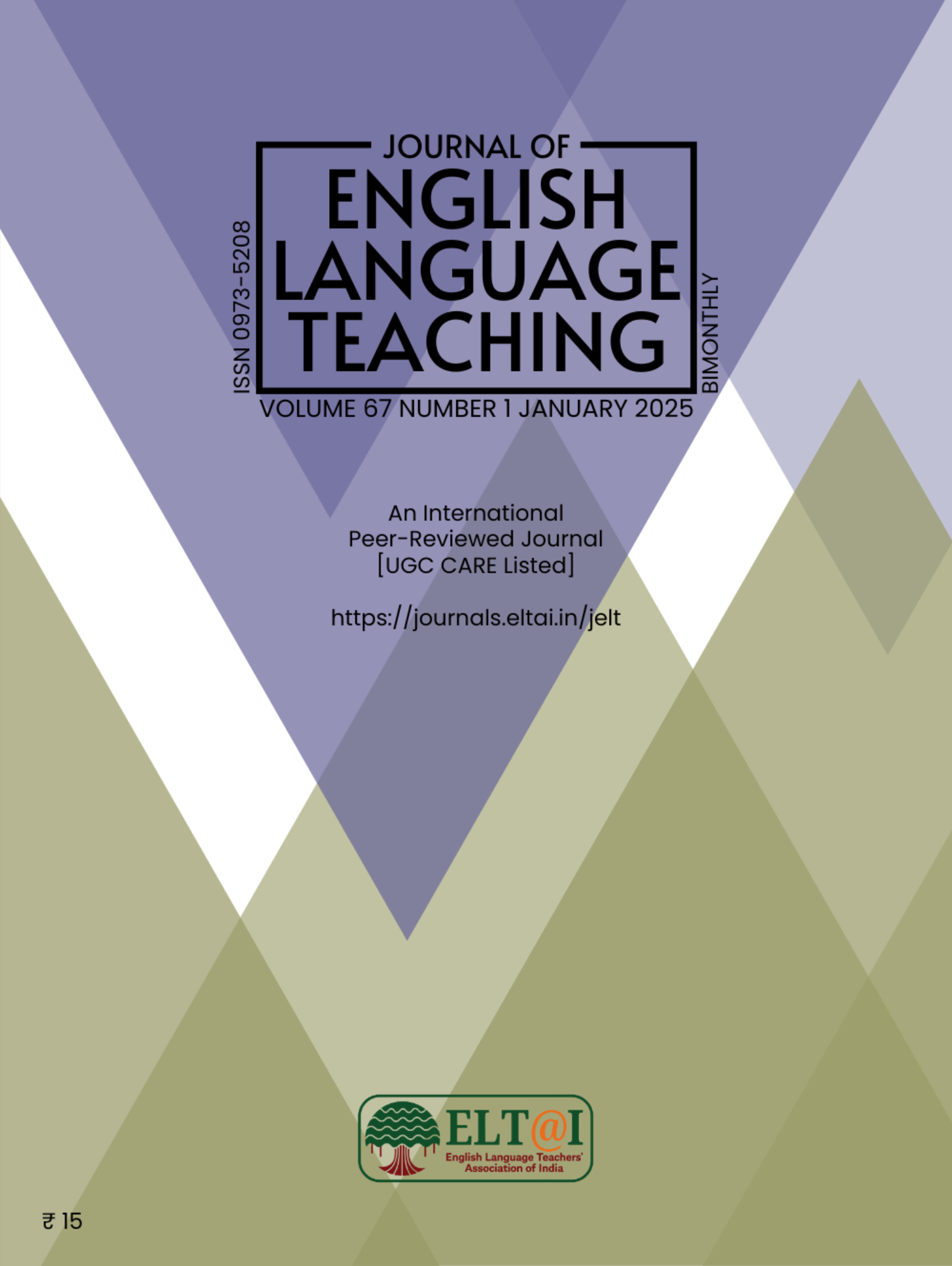From Passive Learning to Active Creation: YouTube as a Tool for Assessment in Engineering English Classes
Keywords:
YouTube, content, creation, engineering English, active learning, digital assessment, student engagementAbstract
This study examines the shift from passive learning to active content creation through self-made YouTube videos in engineering English classes. Involving 180 students, participants first learned video creation techniques and then produced explanatory videos on technical topics. These videos served as an assessment tool to evaluate students’ analytical and creative abilities. A mixed-methods approach, including pre- and post-tests, surveys, and interviews, demonstrated significant improvements in student engagement and learning outcomes. The study underscores the potential of YouTube as an innovative tool for assessing language and communication skills in technical education.
References
Alwehaibi, H. O. (2015). The Impact of Using YouTube in EFL Classroom on Enhancing EFL Students’ Content Learning. Journal of College Teaching & Learning (TLC), 12(2), 121. https://doi.org/10.19030/tlc.v12i2.9182
Bauld, A. (2022, November 14). Encouraging Higher Order Thinking Skills in Students. XQ. https://xqsuperschool.org/teaching-learning/encouraging-higher-order-thinking-skills-in-students/
Brame, C. J. (2017). Effective educational videos: Principles and guidelines for maximizing student learning from video content. CBE—Life Sciences Education, 15(4), es6. https://doi.org/10.1187/cbe.16-03-0125
Flavin, M. (2017). Bidding the Waves Go Back: Engaging with Disruptive Innovation. Disruptive Technology Enhanced Learning, 111–144. https://doi.org/10.1057/978-1-137-57284-4_5
Frydenberg, M., & Andone, D. (2016). Creating Micro-Videos to Demonstrate Technology Learning. ERIC. https://eric.ed.gov/?id=ED571483
Khalid, A., & Muhammad, K. (2012). The Use of YouTube in Teaching English Literature: The Case of Al-Majma’ah Community College, Al-Majma’ah University (Case Study). International Journal of Linguistics, 4(4). https://doi.org/10.5296/ijl.v4i4.2930
Martin, A. (2016). Assessing the Effect of Constructivist YouTube Video Instruction in the Spatial Information Sciences on Student Engagement and Learning Outcomes. Irish Journal of Academic Practice, 5(1). https://doi.org/10.21427/D7GT63
Mat, N., & Mustakim, A. (2021). Innovative Assessment Methods in Language Learning: The Role of YouTube Video Creation. Asian Journal of Education and Training, 7(1), 15-22.
Maziriri, E. T., Gapa, P., & Chuchu, T. (2020). Student Perceptions Towards the use of YouTube as An Educational Tool for Learning and Tutorials. International Journal of Instruction, 13(2), 119–138. https://doi.org/10.29333/iji.2020.1329a
Mohd Dahlan, M. B., Mohd Zanial, H. A., Amir Hussin, A. A., Yahya, M. F., Mohtaram, S., & Sabri, S. (2023). Interactive video learning: A comprehensive review of engaging educational approaches. Tuijin Jishu/Journal of Propulsion Technology, 44(4), 6836–6847.
Priyakanth, R., Abburi, R., & Praveena, M. (2020). Design and impact of interactive video content for the improvement of student engagement and learning. Journal of Engineering Education Transformations, 34(Special Issue), 518–523. https://doi.org/10.16920/jeet/2021/v34i0/157204
Roediger, H. L., & Karpicke, J. D. (2006). The power of retrieval practice: Theory and application of the testing effect. Current Directions in Psychological Science, 15(5), 265-270.
Sarpparaje, M., & Arulappan, T. (2024). Gamified formative assessments for enhanced engagement of engineering English learners. Journal of Engineering Education Transformations, 37(Special Issue 2), 500–507. https://doi.org/10.16920/jeet/2024/v37is2/24080
Sarpparaje, M., Jeyasala, V. R., Rathiga, K., & Sasirekha, K. (2018). Flipped classroom approach to make the best utilization of ESL classes at Mepco Schlenk Engineering College – A try out. The Asian ESP Journal, 14(7.2), 209–228.
Senchina, D., et al. (2011). Engaging Students through Digital Media: The Impact of Video Creation on Learning Outcomes. Educational Technology Research and Development, 59(4), 483-501.
Tahmina, T. (2023). Students’ perception of the use of YouTube in English language learning. Journal of Languages and Language Teaching, 11(1), 151–160. https://doi.org/10.33394/jollt.v11i1.6883
Toyoda, E. (2015). Relationship between Higher-Order Thinking Skills and L2 Performance. Electronic Journal of Foreign Language Teaching, 12(2), 200–218. https://e-flt.nus.edu.sg/v12n22015/toyoda.pdf
Vural, M. (2013). Active Learning Strategies: Engaging Students through Innovative Assessment Techniques in Engineering Education. International Journal of Engineering Education, 29(4), 1040-1048.
Weinert, T., Benner, D., Dickhaut, E., & Leimeister, J. M. (2024). Engaging Students through Interactive Learning Videos in Higher Education: Developing a Creation Process and Design Patterns for Interactive Learning Videos. Journal of Educational Technology Development and Exchange, 17(3), 738-764.
Yusuf, M., et al. (2020). Fostering Creativity through Digital Media: The Role of YouTube in Language Learning Environments. International Journal of Language Studies, 14(4), 95-112.
Zhang, D., et al. (2006). The Effectiveness of Self-Made Videos as a Tool for Assessment in Language Learning Contexts: A Meta-Analysis Study. Educational Technology Research and Development, 54(3), 267-285
